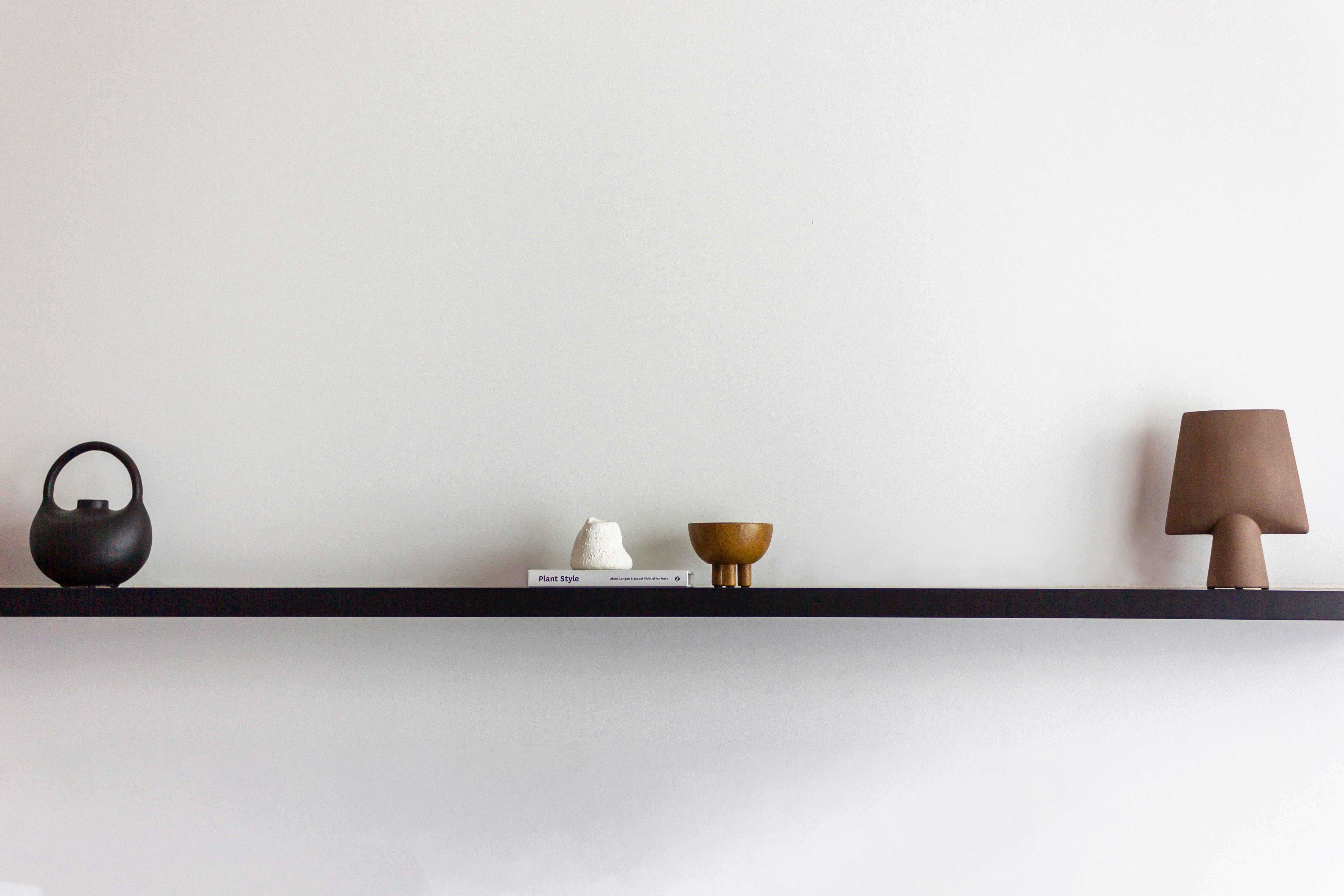
How to Master Minimalist Living for a Streamlined Routine
Creating a simpler daily routine often brings a surprising sense of relief, as if you have set down a heavy load you never noticed before. With fewer decisions to make and a more organized approach, you gain more mental clarity and can devote energy to your top priorities. By cutting out unnecessary steps, you create room for the things that bring you joy and fulfillment. This guide walks you through practical steps you can start using right away, helping you build a daily flow that feels lighter and more intentional. Discover how small changes can make every day smoother and more enjoyable.
Living with less doesn’t mean having empty rooms or strict schedules. It involves intentionally selecting what stays and what leaves, so each item and commitment helps you move forward. These steps work whether you’re managing meetings, deadlines, or side projects.
Evaluate Your Current Routine
Before removing clutter or changing your calendar, chart how you spend each hour. You will recognize patterns that drain your energy and routines worth maintaining. Track your time for three days straight, recording every task.
- Record time spent on email, calls, meetings, and breaks.
- Identify tasks that distract you or repeat without real benefit.
- Highlight activities that energize you or produce significant results.
- Note distractions like social media or casual chats.
After collecting data, analyze your log to find one low-value activity you can eliminate and one habit you can improve. For example, batch your emails into two 30-minute sessions or set ‘do not disturb’ mode during your peak focus times.
Set Up a Minimalist Workspace
A tidy desk mirrors a clear mind. Focus on surfaces and digital spaces. Remove or move anything you do not use daily, and keep only tools that support your top priorities.
Start by clearing your desktop. Save or archive old documents, and leave only active projects visible. Use vertical storage options like wall-mounted grids for a neat footprint, and attach cable clips to avoid cord clutter. Close tabs after use on your screen, and choose a single desktop background without icons.
Streamline Your Daily Schedule
Block out uninterrupted time for your most demanding tasks. Time-blocking minimizes context switching and speeds up completing projects. When you set aside two hours for deep work, a 2019 productivity study reports you can improve efficiency by as much as 40%.
Plan your week with at least three main focus periods and define clear goals for each. For instance, Monday 9–11 a.m. could be “Draft Client Report,” and Friday 3–4 p.m. could be “Review and Provide Feedback.”
Set aside buffer slots for unexpected deadlines or quick meetings. These buffers prevent schedule overruns and help you stay on track without constant rescheduling.
Make Smart Purchases and Declutter
Only bring new items into your space when they solve a real problem. Before buying, consider if it replaces three existing items or genuinely helps you work more efficiently. A quality Post-it® pad can replace five scattered notes.
- Follow a “one in, one out” rule: remove an old item for each new one you add.
- Donate or sell unused gear within 30 days of noticing it gathering dust.
- Pick multifunctional tools—like a laptop stand with USB ports—to reduce hardware clutter.
- Set a monthly reminder to review your drawers, shelves, and apps.
Cleaning your digital space is equally important. Uninstall or archive apps you open less than once a week. Combine cloud storage services and pay for only one premium plan if you go beyond free limits.
Develop Consistent Minimalist Habits
Sticking to routines turns a one-time declutter into a sustainable way of living. Establish quick daily habits to keep clutter away. Spending five minutes at the end of each day tidying your desk prevents buildup, and checking your schedule weekly helps keep it simple.
Use simple goals such as reaching inbox zero by Friday or resolving all tasks by day’s end. Track these goals in a bullet journal or using apps like Trello or Asana. Celebrate small wins to stay motivated.
Apply Minimalist Principles in Small Spaces
Urban environments often limit your personal space, but you can still adopt minimalist ideas in tight quarters.
From compact furniture with hidden storage to vertical plant walls that act as air purifiers, you can find practical adjustments that turn crowded rooms into peaceful work areas. Use these ideas to build a customized minimalist setup that fits your space perfectly.
Reducing your possessions to essentials sharpens your focus and increases productivity. Use these tips over the next month and observe how a simpler routine enhances your efficiency.
Living with less means making ongoing choices that serve you best and releasing what doesn't. Perfection isn't the goal.